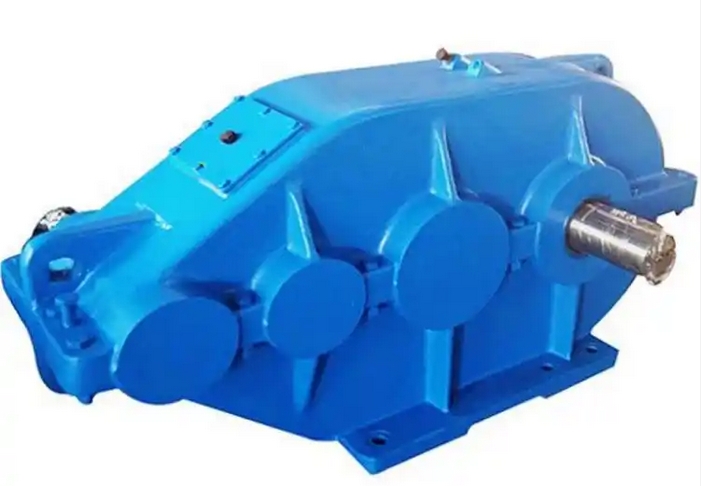How to adjust the clearance in the ZSC400-16.4-2 hard-tooth surface reducer
The following is a general method for adjusting the clearance of the ZSC400-16.4-2 hard tooth reducer:
Preparation work: Before adjustment, ensure that the gearbox has been powered off and take appropriate safety measures, such as hanging warning signs. Meanwhile, prepare the necessary tools such as feeler gauges, dial gauges, wrenches, vernier calipers, etc.

Measurement gap:
1. Measure with a feeler gauge: Install the gears according to actual usage, fix one of the gears so that it cannot rotate, and insert a feeler gauge into the tooth profile clearance from the end face (the other gear can be rotated). The maximum reading of the feeler gauge that can be inserted is the tooth side clearance.
2. Dial gauge measurement: Use a dial gauge to measure the end face clearance near the middle section of the movable gear tooth profile, rotate the movable gear, and the reading on the gauge is the end face clearance.
Adjustment method:
1. Adjusting the position of the gear shaft: By adjusting the position of the gear shaft, the meshing of the gears can be changed, thereby adjusting the clearance. For example, for some structures that use bearing seats to fix gear shafts, the thickness of the gasket between the bearing seat and the housing can be increased or decreased to move the gear shaft axially, thereby changing the meshing position and clearance size of the gears.
2. Adjust shim thickness: If the structure of the reducer allows, the clearance can be adjusted by adding or reducing shims between the gear and shaft or between the bearing and the bearing seat. Adding shims can cause the gear to move outward and increase the clearance; Reducing the shim causes the gear to move inward, reducing the clearance.
3. Change installation accuracy: Check and adjust the verticality, concentricity, and parallelism of the gear installation. If there is a deviation in gear installation, it can lead to poor meshing and uneven clearance. By adjusting the installation accuracy, the gears can mesh better and the clearance can be optimized.
Confirm the adjustment effect: After the adjustment is completed, use a feeler gauge or dial gauge again to measure the gap and confirm whether it meets the preset standard. At the same time, manually rotate the input shaft to check whether the gear rotation is flexible, whether there is any jamming or abnormal resistance.
Tightening components: Ensure that all adjustment components and fasteners are tightened to prevent loosening during the operation of the gearbox, which may cause changes in clearance.

